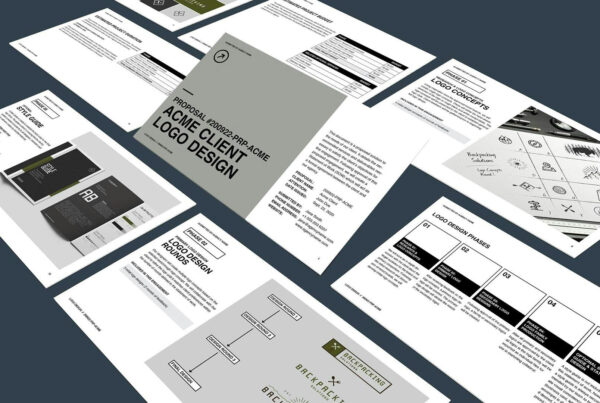In order to close a sale, you must convince the client that you are the best choice to fulfill their needs, to solve their problem. Let’s breakdown how this should be done.
 Research:
Research:
Once you have a lead for a new opportunity, start with some preliminary research. Ideally you should research the client’s business, audience, competitors, and industry. I like to do this prior to first client meeting to prepare myself to speak with some understanding of the client and some assumptions of how I might be able to help them. In your research, try answering the following questions, keeping in mind that you will likely need to make quite a few assumptions at the start.
- What does the client’s business do?
- How do they make money?
- Who is the client’s target audience?
- Where does the client currently market to try to reach their audience?
- Who are the client’s top three competitors?
- How is the client perceived in comparison to their competitors?
- What is happening in the client’s industry? Are there any notable changes in their industry that may be affecting the client’s business at this time?
Ask Questions:
With some preliminary research complete, you are now prepared to have a discussion with the client. This is usually done in the form of a discovery meeting. Your potential client will be impressed with your preparation and it will begin to position you positively in their eyes. In addition to confirming your assumptions to the questions you answered in your research, you may consider asking some additional questions like these:
- What problem are you trying to solve in your business with this engagement?
- What business data do you have that relates to or shows this problem?
- How would you measure success this engagement? What type of improvement do you hope for in the business data?
Show Examples:
Now that you have completed research, confirmed your assumptions with your potential client and asked them some smart questions, you are ready to position yourself to solve their problem. This can be done effectively by showing them examples of how you have solved similar problems for other clients with similar needs.
“We worked with ________ client and they had a similar business problem to yours. We provided ________ services and that resulted in ________ improvement in their business.”
Some of you may be thinking, “But I don’t have any past work that shows my ability to solve their problems.” I get it. There was a time in my career that I didn’t have past work examples either. If you find yourself in that situation, look for examples of how other creative people have solved a similar business problem and/or share your process.
Share Your Process:
Providing your client with examples of how you solved similar problems in the past provides credibility in your ability to solve their problem. Sharing the process you will use to solve their problem will help the client trust that you are the right choice.
“Here is the process we follow in this type of engagement. First, we _______________. Then we do _____________. Finally, we ________________. Following this process ensures that we will deliver our best work and provide the best chance to produce the results you are hoping to achieve.”
This sales process helps you position yourself properly with clients. It leads to higher paying engagements and immense client trust. Want to up your game with clients? This is the way.






